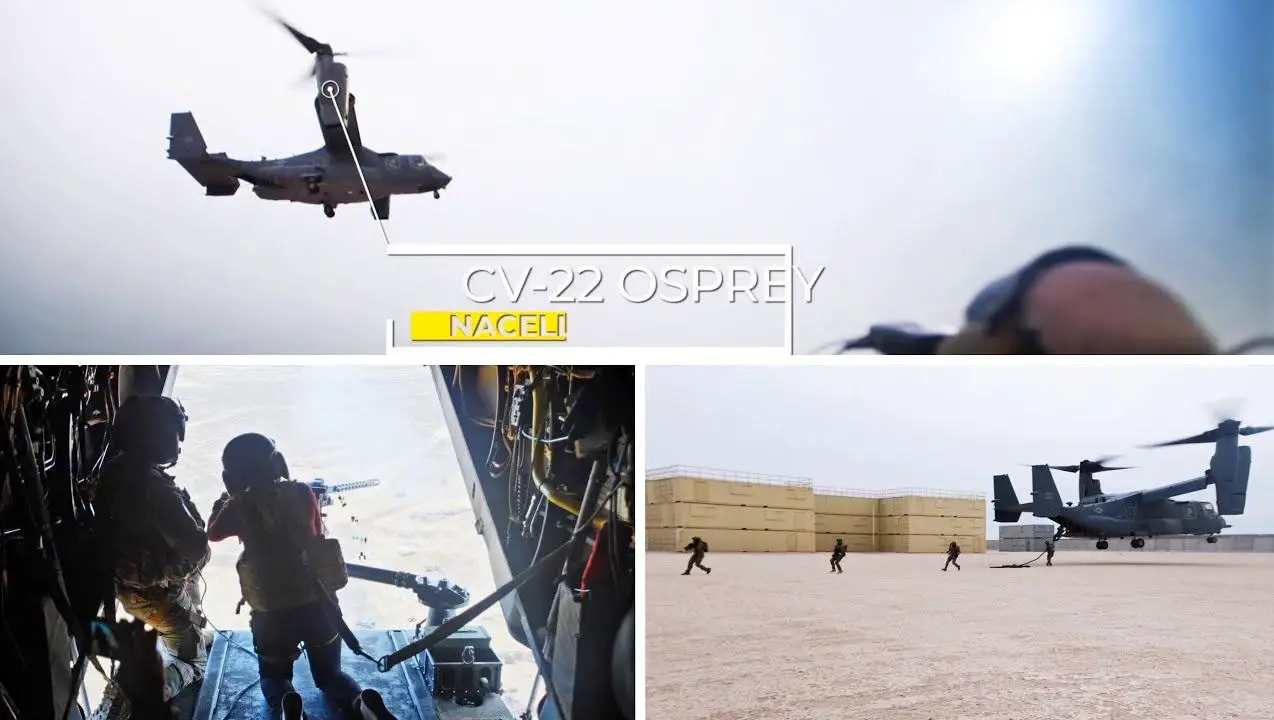On March 24, U.S. Air Force Cannon Air Force Base delivered its third Bell Boeing CV-22 Osprey to the Bell Amarillo Assembly Center, highlighting the growing organizational partnership established to advance the aircraft’s future reliability, sustainability, and mission readiness through nacelle improvement modifications. The nacelle is responsible for the Osprey’s critical vertical take-off and landing capabilities, and the ability to shift into forward flight. The 27th Special Operations Wing is the first Air Force Special Operations Command wing to receive nacelle-improved Bell Boeing CV-22 Osprey tiltrotor aircraft. The improvements aim to increase the Osprey’s reliability, reduce maintenance costs and increase flight hours.
Sonja Clark, Bell Amarillo Site Leader said “It’s a huge sense of pride knowing we get to partner with a customer. Their mission is our mission. It was truly through the partnership and utilizing their direct feedback that is allowing us to make our product better.”
“We are working closely with Bell Boeing to provide real-time feedback to help improve the outcome of future nacelle improved CV-22 aircraft. We are optimistic these ongoing changes will increase flying time while decreasing the maintenance manhours needed to ensure the aircraft’s readiness,” said 727 SOAMXS Chief Master Sergeant Sean Ellenburg.

Since roughly 60 percent of CV-22 maintenance occurs in the nacelle, technicians from the 727th Special Operations Aircraft Maintenance Squadron are collaborating with Bell Boeing to ensure the modifications result in a more dependable, less costly aircraft to maintain. Nacelle improvements aim to increase the CV-22 aircrew flying hours needed to advance training capabilities while preparing for full-spectrum operations that address global adversarial threats. For over a decade, the CV-22 has provided unique and unrivaled special operations capabilities to the joint force. Cannon Air Force Base look forward to how the nacelle improvements will increase the Osprey’s readiness, making us even more prepared to face tomorrow’s security challenges.
The Bell Boeing V-22 Osprey is an American multi-mission, tiltrotor military aircraft with both vertical takeoff and landing (VTOL) and short takeoff and landing (STOL) capabilities. It is designed to combine the functionality of a conventional helicopter with the long-range, high-speed cruise performance of a turboprop aircraft. CV-22B is an U.S. Air Force variant for the U.S. Special Operations Command. It conducts long-range special operations missions and is equipped with extra wing fuel tanks, an AN/APQ-186 terrain-following radar, and other equipment such as the AN/ALQ-211, and AN/AAQ-24 Nemesis Directional Infrared Counter Measures. The CV-22 replaced the MH-53 Pave Low.
















